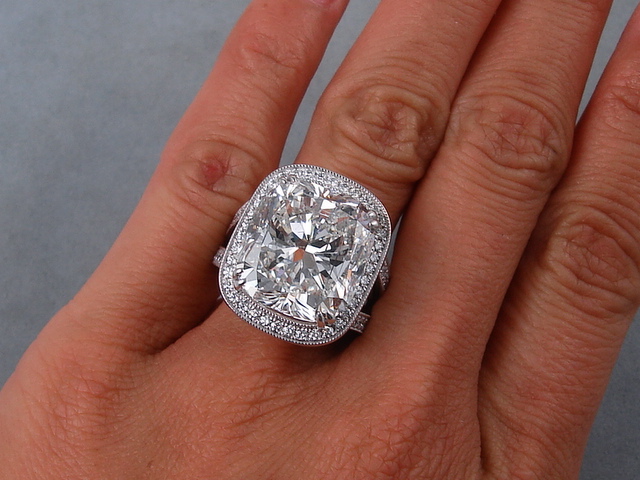
According to the good folk at Woom, lightweight bikes can improve performance, with many cyclists eager to make their bicycle as light as possible by removing any unnecessary parts. But is lighter better? This is a hot topic in the cycling world. Some believe that lightweight bikes are superior and will pay through the nose for them. Others do not enjoy the feel of a super lightweight bike. So it really is a matter of preference. And of course, budget.
What Materials are Used for Lightweight Bikes?
When making bikes weigh less, it is important that manufacturers do not compromise on quality. This means that they need to use materials that can provide the same support as cheaper materials such as steel.
When building a high-performance lightweight bike, carbon fiber is often used because it is extremely light yet very stiff. However, the stiffness of carbon fiber can be a disadvantage as the frame can be damaged under extreme pressure.
Titanium is another light yet strong material that is often used for high-performance bikes. Much more durable than carbon fiber, titanium bikes are practically unbreakable. They are resistant to corrosive materials such as salt and water as well.
As you might imagine, the cost of making lightweight bikes is much higher than it is for their heavier counterparts. The raw materials are more expensive, and because it is more labor intensive to make bikes with these materials, you can be looking at paying thousands of dollars for a lightweight bike. When trying to make the bike as light as possible, manufacturers look to more than just the frame though. Additional accessories like water bottle carriers made from lighter materials such as carbon fiber can add hundreds of dollars to the cost of the bike.Unless you are a competitive cyclist, the difference is usually minimal and not worth the extra cost.
Are Lightweight Bikes Easier to Ride?
Not all lightweight bikes are astronomically priced. Some bike manufacturers make lightweight bikes for kids and adults that are not as light as those used by performance cyclists, but which are lighter than cheap steel bikes that are often found boxed in large retail stores.
One of the benefits of a lightweight bike is that it is easier to ride. The cyclist does not have to work so hard to move the bike because it is lighter and glides more easily. Heavier bikes often come with sluggish handlebars that are hard to move,which can be a problem for adults and children alike. Lighter bikes are much easier to handle and hence more fun to ride.
What’s the Best Lightweight Bike?
If you have decided that you would like a lightweight bike, you might be wondering what material to go for. Aluminum bikes are lighter than steel and are the least expensive when it comes to these bikes. However, they are not as durable as other light materials, and the ride is often harsher.
Carbon fiber and titanium are good options for those planning to race competitively. Both are expensive but titanium is much stronger and is designed to last for a long time.
Conclusion
There is a lot of debate about lightweight bikes and whether they are worth the extra expense. Those who champion the lightweight bike frame say that it offers a much more enjoyable and easier-to-manage ride. Nevertheless, there are those who say that the cost associated with lightweight bikes is not worth the advantages they provide. At the end of the day, the choice of whether to get a lightweight bike or not will depend on your own preferences and budget.










